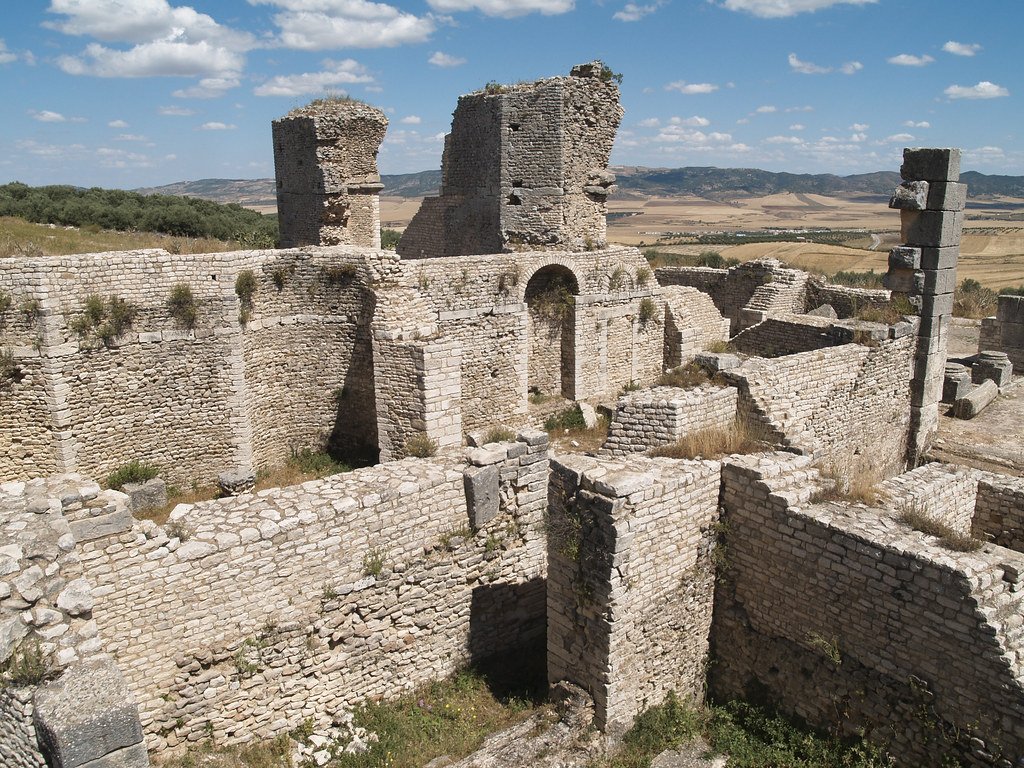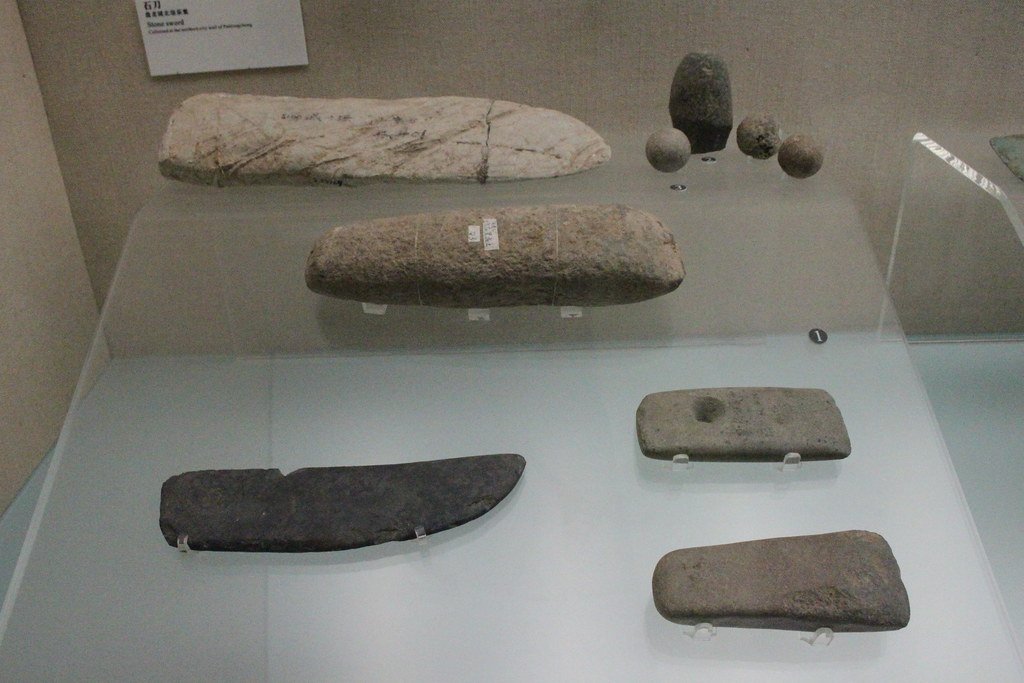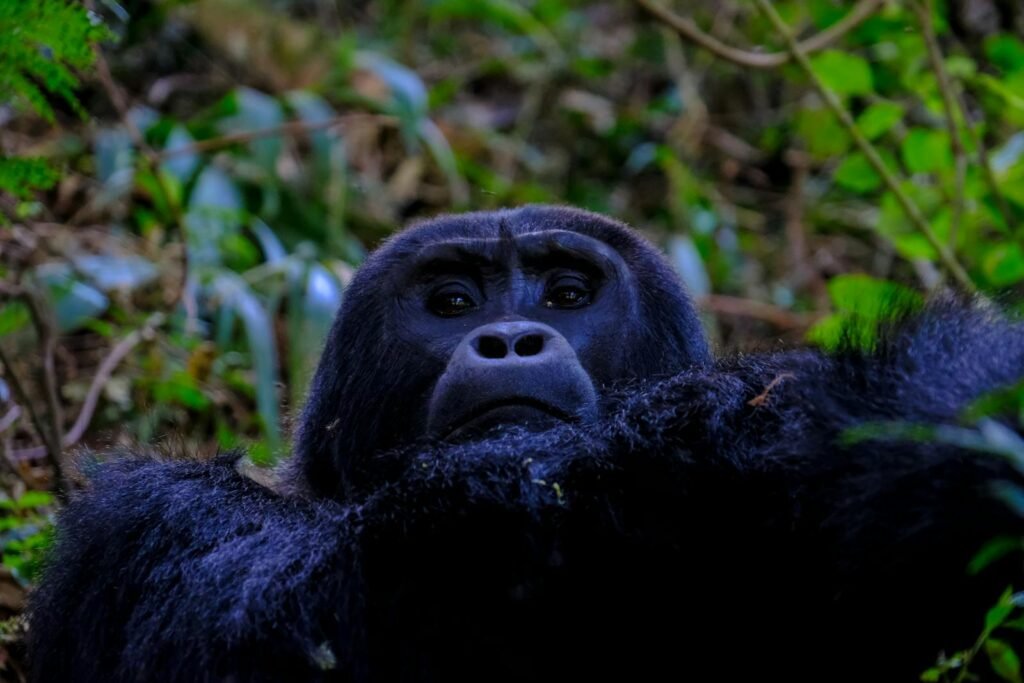Imagine everything we know about human history being turned upside down overnight. What if the roots of our civilization stretched not just thousands, but tens of thousands of years further into the past than we’ve ever dared to believe? The idea is both thrilling and unsettling, tugging at our sense of identity and curiosity. For decades, mainstream science has placed the dawn of civilization around 10,000 years ago, after the last Ice Age retreated. Yet, whispers of lost cultures, enigmatic ruins, and controversial discoveries suggest a hidden story—one that challenges everything we thought we knew. Are we truly the first advanced society, or do traces of forgotten ancestors lie buried beneath layers of ice and time?
The Allure of the Unknown: Why the Ice Age Captivates Us

The Ice Age, with its sprawling glaciers and mysterious megafauna, holds an almost magical grip on our imagination. It feels like a world apart, colder, wilder, and somehow more primal. When we picture mammoths marching across frozen tundra or saber-toothed cats stalking the shadows, it’s easy to wonder: could humans have flourished in such a harsh world? The idea of lost civilizations living alongside these creatures is both romantic and haunting. It evokes adventure, mystery, and the thrill of discovery—like uncovering an ancient secret hidden in plain sight.
Mainstream Timeline: The Accepted Story of Human Civilization

Most archaeologists agree that human civilization, as we understand it, began with the rise of agriculture about 10,000 years ago in the Fertile Crescent. Before that, Homo sapiens were hunter-gatherers, moving with the seasons and living in small, scattered groups. Cities, writing, monumental architecture—these are all seen as products of the post-Ice Age world. Sites like Jericho and Çatalhöyük are considered some of the earliest true settlements. This narrative is neat and orderly, fitting well with the evidence unearthed so far. But what if there’s more to the story?
Enigmatic Ruins: Gobekli Tepe and the Puzzle of Early Architecture

Gobekli Tepe, in modern-day Turkey, shattered expectations when it was discovered in the 1990s. Dating back over 11,000 years, its massive stone pillars and intricate carvings predate Stonehenge by millennia. This site wasn’t built by simple nomads. It required organization, planning, and a deep understanding of stonework—qualities we usually associate with later societies. Some researchers speculate that Gobekli Tepe might be a remnant of an even older tradition, now lost to time and the shifting sands of the Ice Age.
Submerged Mysteries: Underwater Ruins and Lost Landscapes

Beneath the waves off the coast of India, Japan, and the Mediterranean, divers have discovered structures that some claim could be ancient cities. The Yonaguni Monument in Japan, for example, is a massive underwater formation with steps and terraces. While skeptics argue it’s a natural formation, others see the hand of humans at work. If these sites are truly man-made, they’d have to predate the dramatic sea-level rise at the end of the last Ice Age—suggesting advanced societies once thrived where today only fish swim.
Ancient Myths and Collective Memory

Nearly every culture has stories of a great flood or a lost golden age. From the Epic of Gilgamesh to Plato’s tale of Atlantis, these myths echo across continents and centuries. While myths aren’t history, they carry kernels of truth—memories passed down and reshaped over generations. Some researchers believe these stories might preserve the memory of real events: rising seas, vanished lands, and perhaps even civilizations drowned by the melting ice.
Strange Artifacts: Out-of-Place Objects and Their Controversy

Occasionally, artifacts turn up in places or layers of earth where they simply shouldn’t be. These “out-of-place artifacts” include things like finely worked tools, metal objects, or carvings found in geologic strata dated far older than accepted civilization. Most are explained away as misinterpretations or even hoaxes, but a few remain stubbornly mysterious. Their existence keeps the debate alive, fueling speculation about lost chapters in our story.
Advanced Knowledge in Ancient Texts

Some ancient texts and traditions seem to hint at knowledge that shouldn’t have existed at the time. The Vedas of India, for example, describe great cities, advanced astronomy, and even flying machines. While most historians interpret these as metaphor or myth, a few are convinced they point to real, forgotten achievements. Could fragments of Ice Age wisdom have survived, hidden in plain sight within sacred books?
Genetic Clues: What Our DNA Reveals

Modern genetics has revolutionized our understanding of the distant past. By studying ancient DNA, scientists can trace migrations and population bottlenecks from tens of thousands of years ago. Intriguingly, there are hints of unknown “ghost populations” in our DNA—groups that vanished long ago, leaving only faint traces. While this doesn’t prove the existence of lost civilizations, it suggests that our prehistory was more complex than we once believed.
Climate Change and the Rise and Fall of Cultures

The end of the last Ice Age brought massive changes: rising seas, shifting climates, and new opportunities for growth. It’s possible that thriving cultures were swept away by these changes, leaving behind only scattered remnants. Think of it like a sandcastle at the beach—beautiful and intricate, but quickly erased by the incoming tide. The possibility that entire societies vanished with the melting ice is both sobering and fascinating.
The Younger Dryas Event: Catastrophe and Survival

Around 12,800 years ago, Earth experienced a sudden return to glacial conditions known as the Younger Dryas. Some scientists believe this event was triggered by a comet impact, which would have caused massive fires, floods, and global cooling. Such a catastrophe could have wiped out fledgling civilizations, explaining why so few traces remain. If ancient builders existed before this event, their works might have been buried, destroyed, or simply forgotten.
Stone Tools and the Mystery of the “Clovis First” Model

For decades, the “Clovis First” model dominated American archaeology, claiming the first people arrived in the Americas about 13,000 years ago. However, new discoveries of much older stone tools in places like Texas and Chile have shattered this timeline. These finds suggest humans were present—and possibly organized—long before the end of the Ice Age. If people were capable of such journeys, could they also have developed complex societies lost to time?
Paleolithic Art: The Imagination of Our Distant Ancestors

Cave paintings like those at Lascaux or Chauvet are breathtaking reminders of ancient creativity. Dating back up to 40,000 years, these artworks show a sophisticated sense of design and narrative. Some researchers argue that the ability to create such art hints at social organization, communication, and shared beliefs—qualities that underpin civilization itself. Could these artists have belonged to cultures more advanced than we recognize?
Megaliths and Forgotten Engineers

Monumental stone structures dot the landscape from Europe to Asia. Some, like the megaliths of Malta or the stone circles of Nabta Playa in Egypt, are far older than the famous pyramids. Their purpose remains a puzzle, as does the technology required to build them. While not all megaliths date to before the Ice Age, their existence suggests a tradition of organized building that may stretch further back than we realize.
Satellite Imagery and the Search for Lost Cities

With the advent of satellite technology, researchers have uncovered mysterious patterns and structures hidden beneath jungles, deserts, and even ice. In some cases, these features hint at roads, foundations, or entire settlements erased by time. While many prove to be natural, a surprising number remain unexplained. The technology is opening new doors in the quest to understand our forgotten past.
Academic Skepticism and the Burden of Proof

Most mainstream scientists remain cautious, if not outright dismissive, of claims about pre-Ice Age civilizations. Extraordinary claims require extraordinary evidence, and so far, much of the proof is ambiguous or hotly debated. Scholars worry that sensational stories can distract from careful research and muddy the waters of genuine discovery. Yet, skepticism itself is an engine for progress, driving researchers to dig deeper and question more.
The Emotional Power of Lost Civilization Theories

There’s something deeply emotional about the idea that we are not the first to walk this path. It speaks to our longing for connection, our fear of oblivion, and our hope that greatness can rise again after disaster. Whether or not pre-Ice Age civilizations truly existed, the search itself brings us closer to our ancestors—and reminds us how much we still have to discover about who we are and where we come from.



